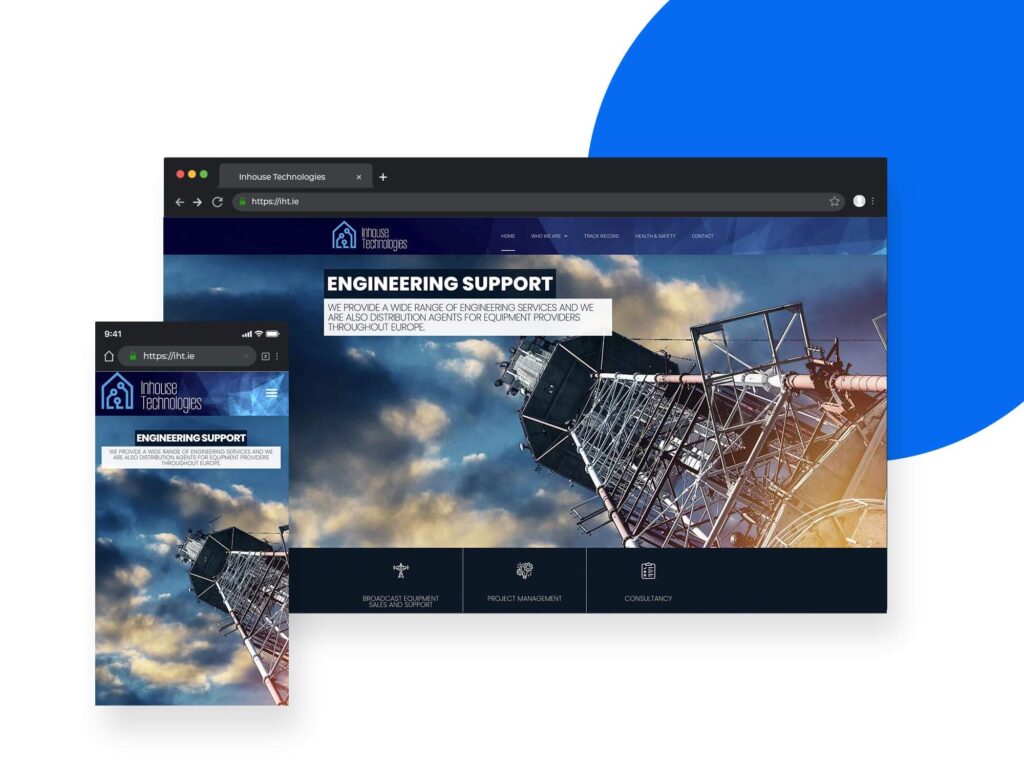Art of E-Commerce – Successful Online Store. In the ever-evolving digital landscape, mastering the art of e-commerce is essential for businesses looking to thrive online. A key element of this mastery lies in the strategic design and development of your e-commerce website. In this comprehensive guide, we’ll explore the critical strategies for building a successful online store, emphasizing the importance of e-commerce web design, and providing insights into creating a visually appealing, user-friendly, and conversion-driven website.

Understanding the Significance of E-Commerce Web Design:
E-commerce web design goes beyond aesthetics; it is about creating an intuitive and seamless online shopping experience. Your website’s design is the virtual storefront that can either attract or deter potential customers. Invest time and resources in crafting a visually appealing and user-friendly interface that aligns with your brand identity.
Key Elements of Effective E-Commerce Website Design – Successful Online Store:
a. Mobile Responsiveness: Ensure your e-commerce website is optimized for mobile devices. With the increasing use of smartphones for online shopping, a responsive design is crucial for reaching a broader audience.
b. Intuitive Navigation: Streamline the user journey by implementing intuitive navigation. Make it easy for visitors to find products, explore categories, and proceed to checkout effortlessly.
c. High-Quality Product Imagery: Visual appeal matters in the world of e-commerce. Invest in high-quality product images that showcase your offerings from multiple angles, providing customers with a clear view of what they are purchasing.
d. User-Friendly Checkout Process: Simplify the checkout process to minimize friction. Implement a one-page checkout, allow guest checkouts, and provide multiple payment options to enhance user experience.
Optimizing E-Commerce Website for Search Engines:
a. Keyword Optimization: Incorporate relevant keywords such as “e-commerce web design,” “e-commerce website design,” and “online store web design” in your product descriptions, meta tags, and URLs to enhance search engine visibility.
b. Fast Loading Speed: Page speed is a critical factor in both user experience and search engine rankings. Optimize images, leverage browser caching, and employ content delivery networks (CDNs) to ensure swift loading times.

Strategic Content Development:
a. Compelling Product Descriptions: Craft persuasive and informative product descriptions. Highlight key features, benefits, and unique selling points to entice potential buyers.
b. Blogging for E-Commerce: Maintain an active blog to share industry insights, product updates, and engaging content. This not only attracts organic traffic but also positions your brand as an authority in your niche.
Building Trust Through Design:
a. Security Features: Clearly communicate your website’s security measures to build trust with customers. Implement SSL certificates, secure payment gateways, and prominently display trust badges.
b. Customer Reviews and Testimonials: Showcase customer reviews and testimonials on your website. Positive feedback builds credibility and influences purchasing decisions.
Successful Online Store – Conclusion:
Mastering the art of e-commerce involves a holistic approach that integrates strategic design, functionality, and optimization. By prioritizing elements such as mobile responsiveness, intuitive navigation, search engine optimization, and compelling content, you can create an online store that not only attracts visitors but also converts them into loyal customers. Stay ahead in the competitive e-commerce landscape by continuously refining and optimizing your website design to meet the ever-changing demands of online consumers.




